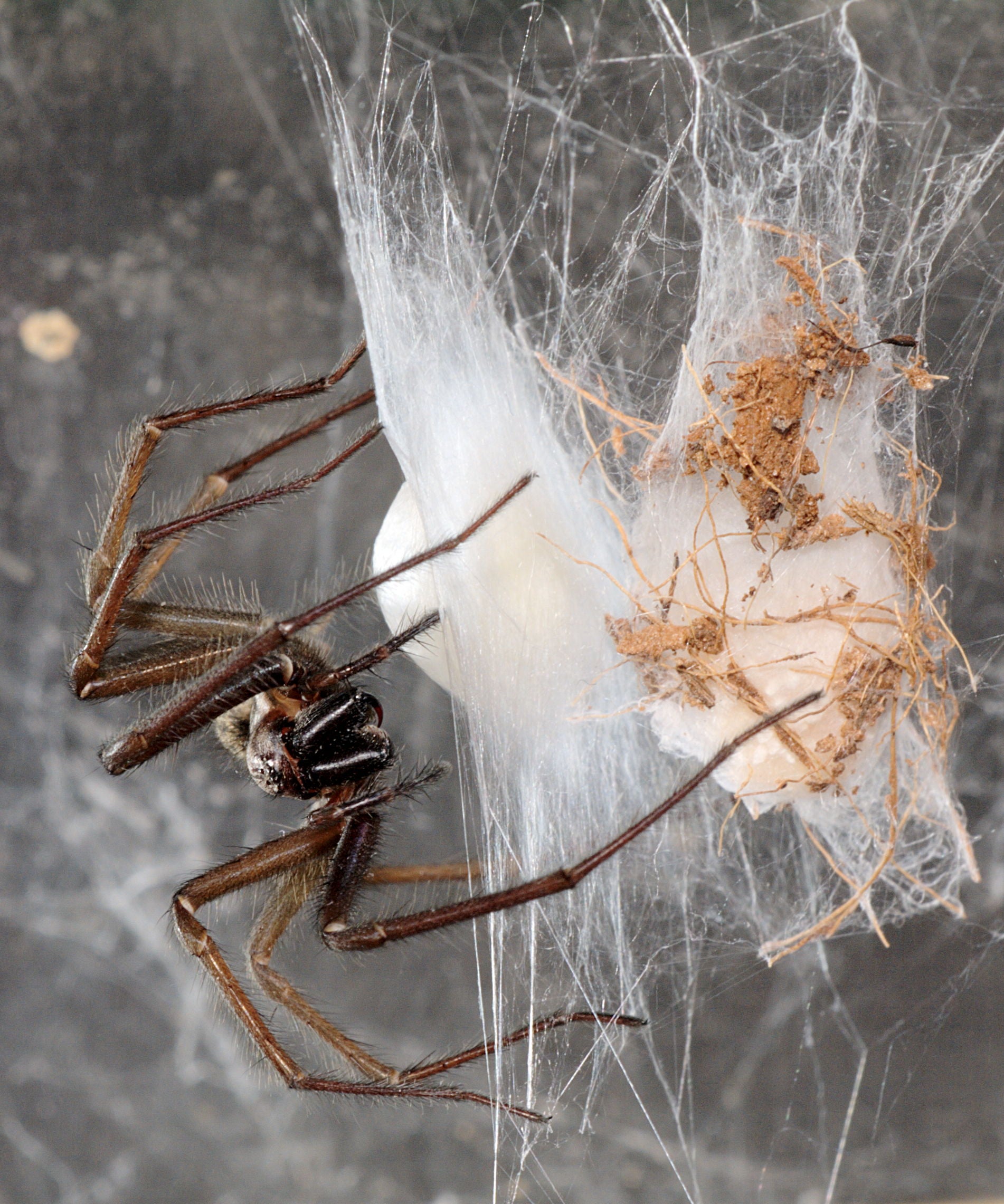
Giant house spiders are invading British homes following wet and warm
The greater European house spider ( E. duellica) is not dangerous to people. Some people may be intimidated by their size as male legspans can reach 4 inches (100 mm). However, Rod Crawford has never known one to bite a human (though they certainly could if they tried); they are so docile he uses them as hands-on demonstrators for school children.
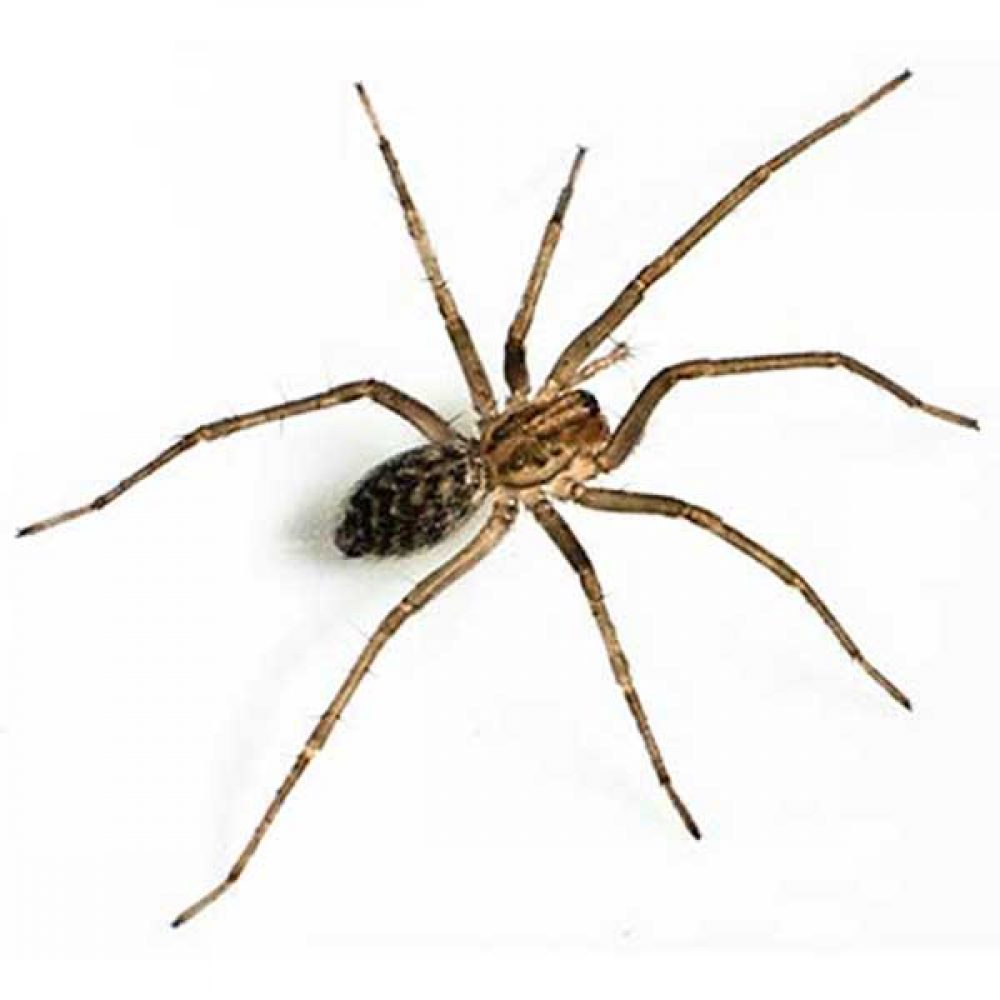
Giant House Spider Identification Western Exterminator of Las Vegas
The giant house spider was introduced to British Columbia, Canada, around 1900 and has since spread out along the U.S. West Coast. It is a very common spider in Washington State and Oregon. Independent populations have also been recorded around the Great Lakes in Wisconsin and Michigan.
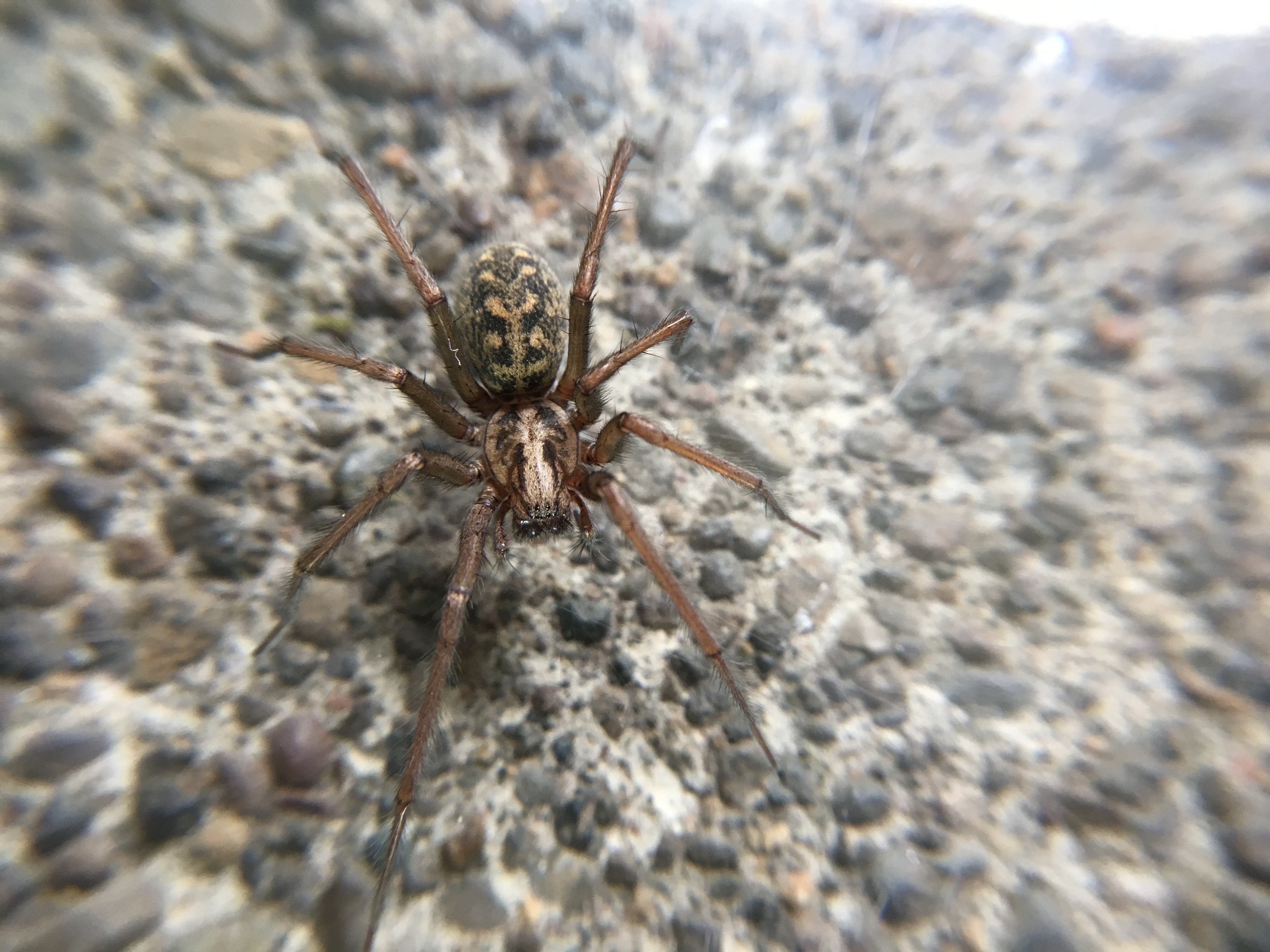
Eratigena duellica (Giant House Spider) in Woodburn, Oregon United States
Hercules, named for his size, measures 7.9 centimeters (or 3.1 inches). Per ARP's social media statement, female funnel-web spiders are usually larger than males, but Hercules is as big as the.
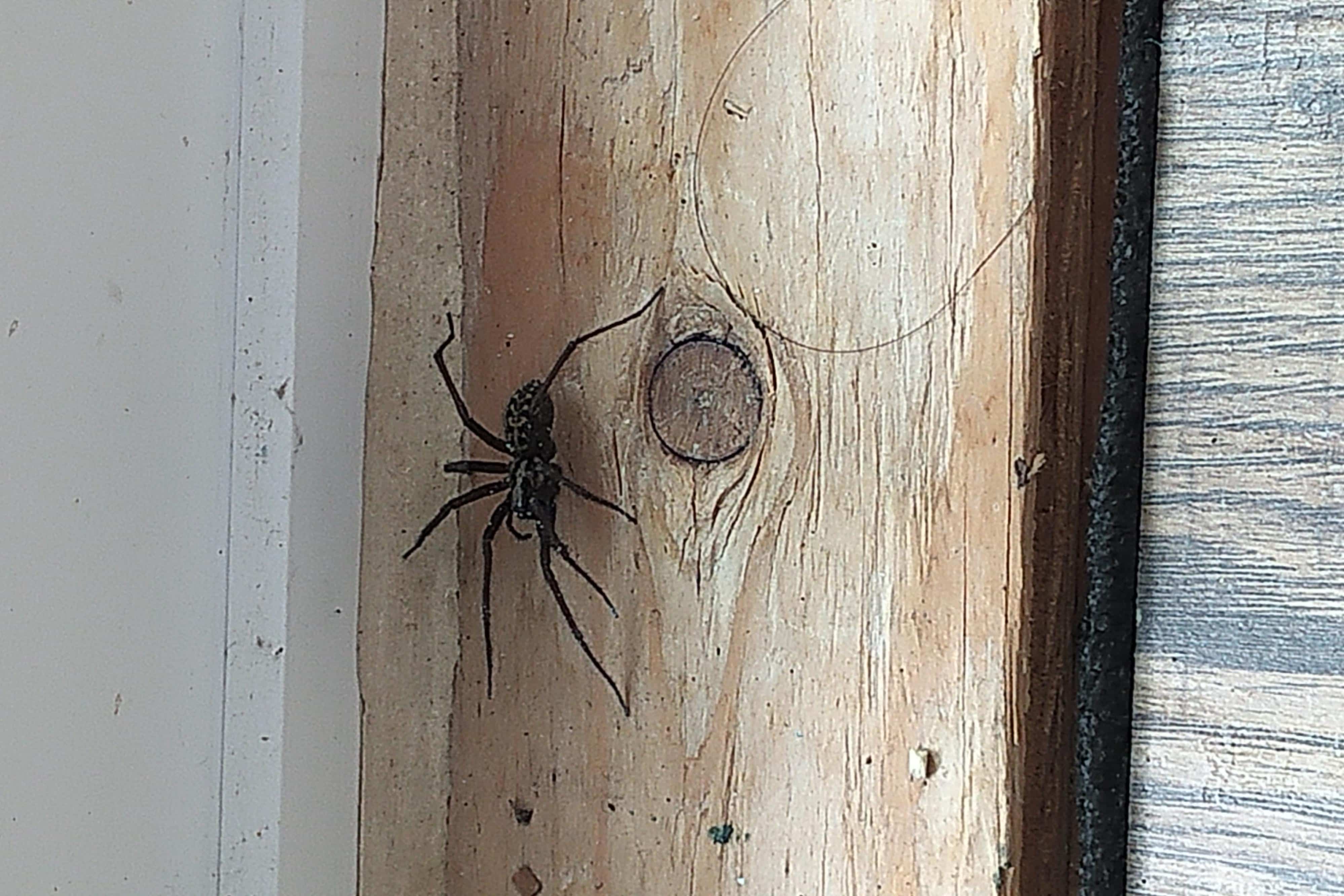
Eratigena duellica (Giant House Spider) in Campbell River, British
2d. In this Dec. 10, 2023 photo supplied by the Australian Reptile Park, a male specimen of the Sydney funnel-web spider, the world's most poisonous arachnid, has been found and donated to the.

Giant House Spider, Vancouver Island, BC Gohiking.ca
Common name: Giant house spider (Sometimes referred to as gentle giant) Appearance: Among the largest spiders in the United States. An adult female's leg span can reach 2.5 inches and a male's 3.9.
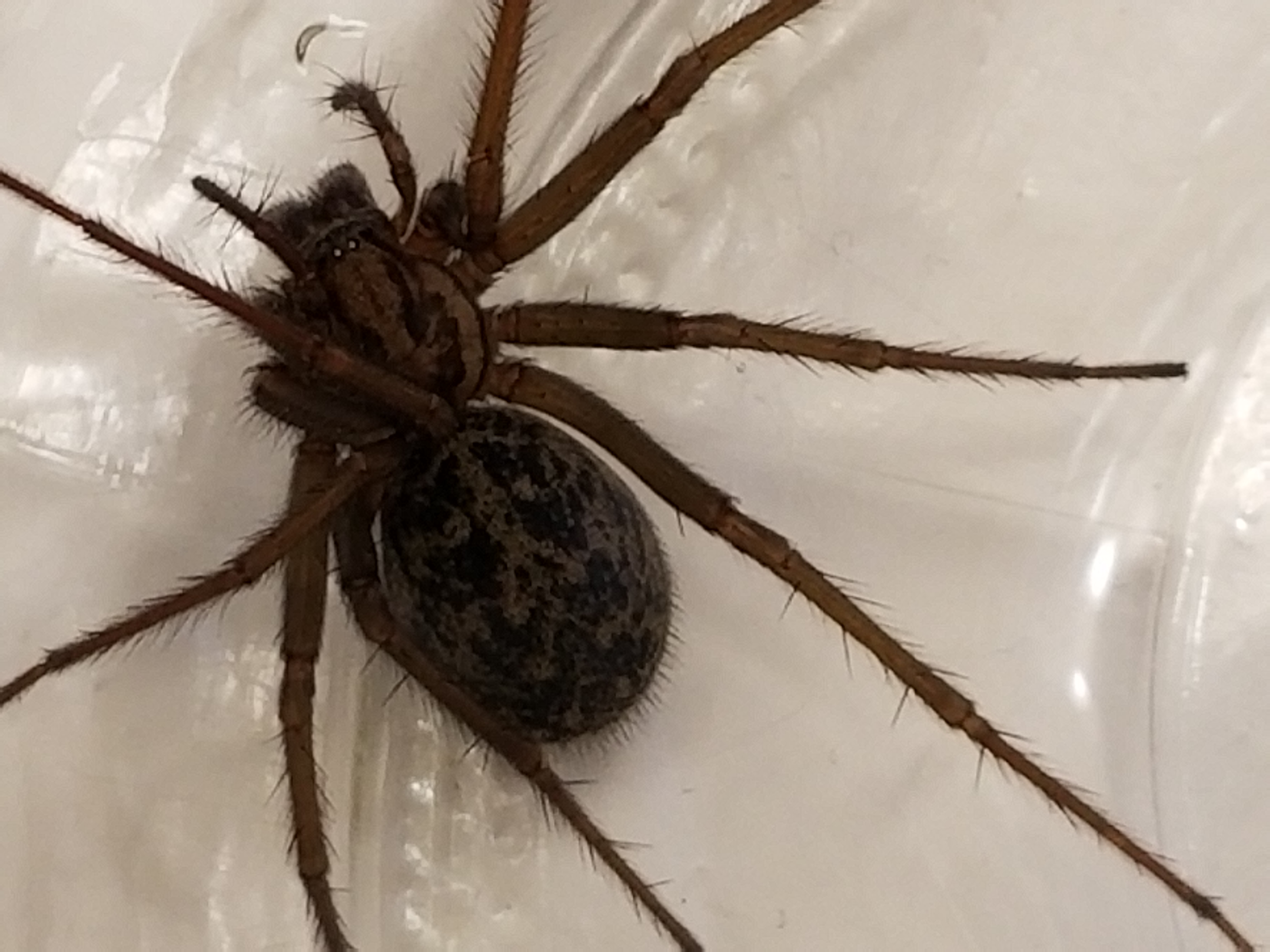
Eratigena duellica (Giant House Spider) in North Bend, Oregon United States
A Giant House Spider is the larger relative of the House Spider. The female can grow to be 0.73 inches long in the body with a leg span of around 1.8 inches, while males are a little smaller in the body at 0.47-0.59 inches long but with a leg span of 0.98-2.95 inches.
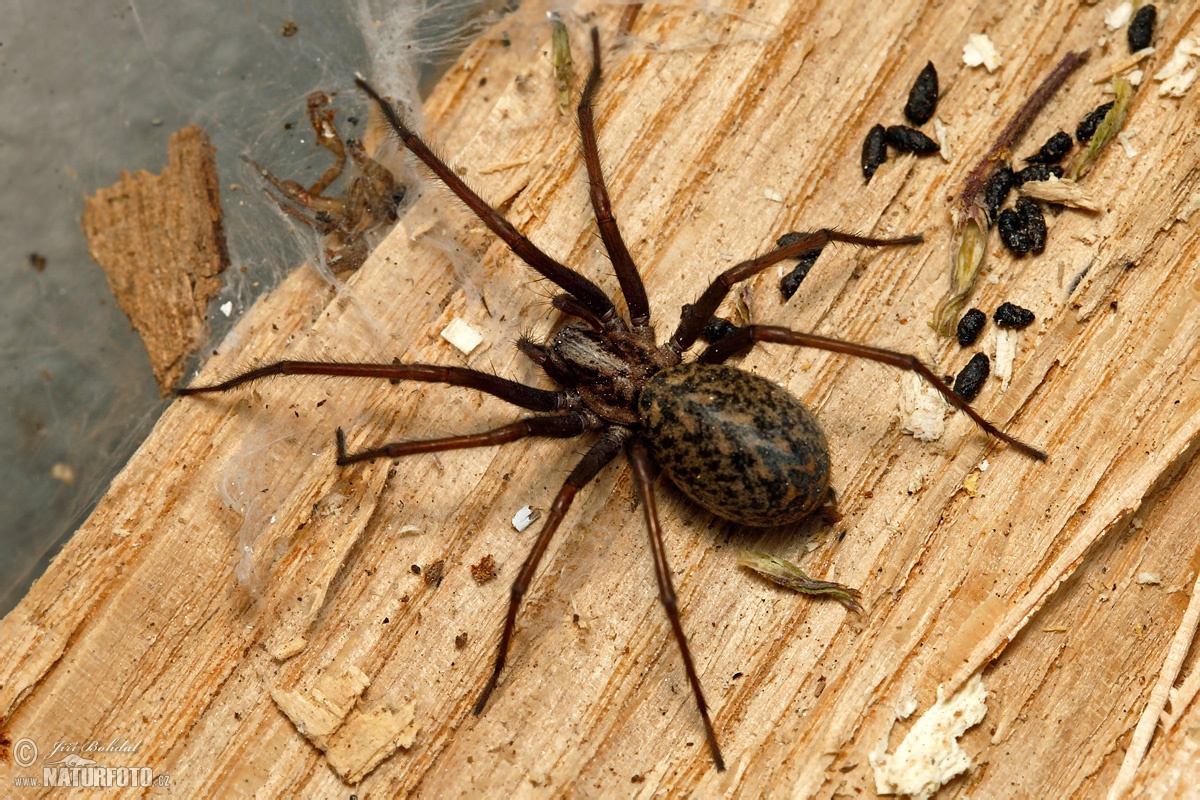
Large House Spider Photos, Large House Spider Images, Nature Wildlife
As spiders come indoors ever autumn, social media is convinced the UK's arachnids have grown in size.
The 2,5 inch giant house spider (Eratigena atrica) hanging around my
The average lifespan of a Giant House Spider is around one to two years. During this time, they continue to play a vital role in maintaining the balance of nature. Their feeding habits and hunting prowess contribute to the control of insect populations, helping to keep the ecosystem in check. Coexisting with Giant House Spiders
Eratigena duellica Giant House Spider
The spider species Eratigena atrica, commonly known as Giant House Spider, belongs to the genus Eratigena, in the family Agelenidae.Eratigena atrica spiders have been sighted 8 times by contributing members. Based on collected data, the geographic range for Eratigena atrica includes 5 countries and 3 states in the United States. Eratigena atrica is most often sighted indoors, and during the.
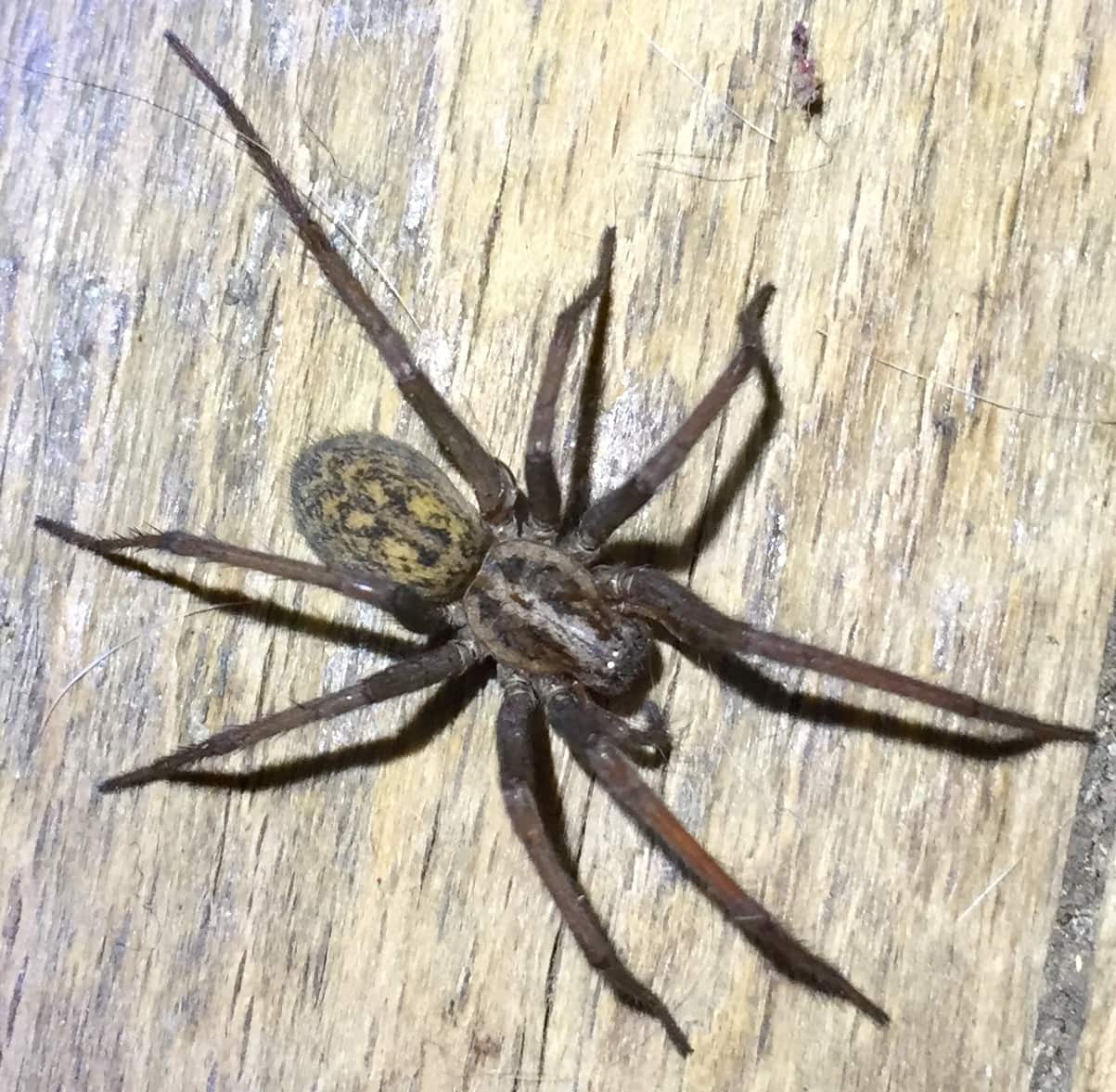
Female Eratigena atrica (Giant House Spider) in Calumet , Michigan
A giant house spider. Rod Crawford Editor's note: This story references a spider found in Seattle homes that grows to be 4 inches across. Certain spiders are so big, they make even the most spider.

Giant Housespider Tegenaria duellica NatureSpot
The spider measured 3.1 inches (7.9 centimeters) from foot to foot, surpassing the park's previous record-holder from 2018, the male funnel-web named "Colossus."

Giant house spiders are so huge they are setting off burglar alarms
The giant house spider is the larger cousin of the House spider (Tegenaria domestica), and can be found living behind the fireplace, under the sofa, or in the bath. Giant house spiders are particularly prevalent in the autumn when the males are out looking for females. The males stay with their chosen females for some weeks, mating numerous.
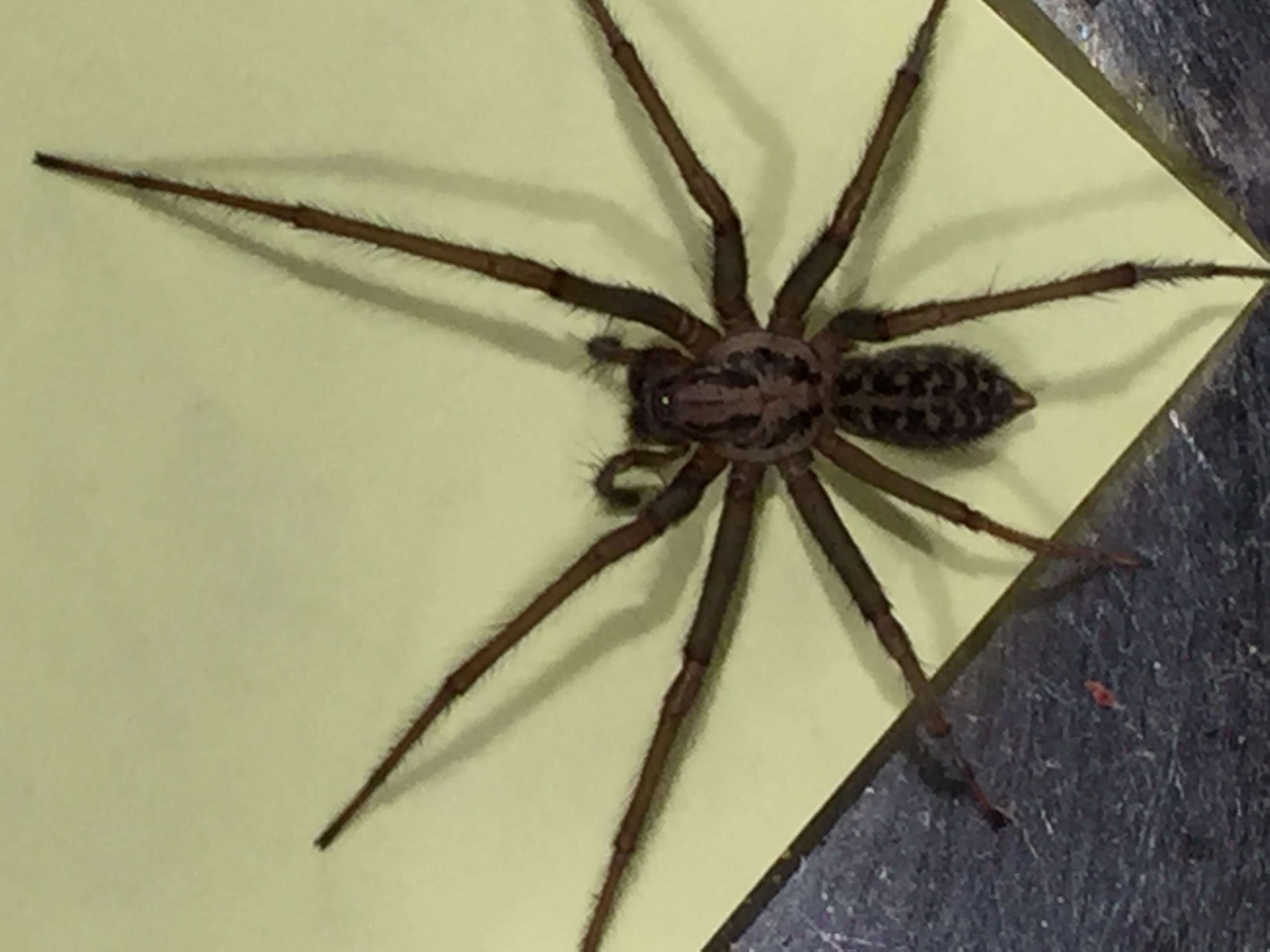
Eratigena duellica (Giant House Spider) in Portland , Oregon United States
The giant house spider, Eratigena atrica (formally known as Tegenaria gigantea and T. duellica), is commonly found in and around Washington homes west of the Cascade Mountains.Its range also includes parts of coastal Canada and Oregon. They are not found east of the Cascades in Washington. It is often seen in mid-summer to early fall, when males in particular are highly mobile.
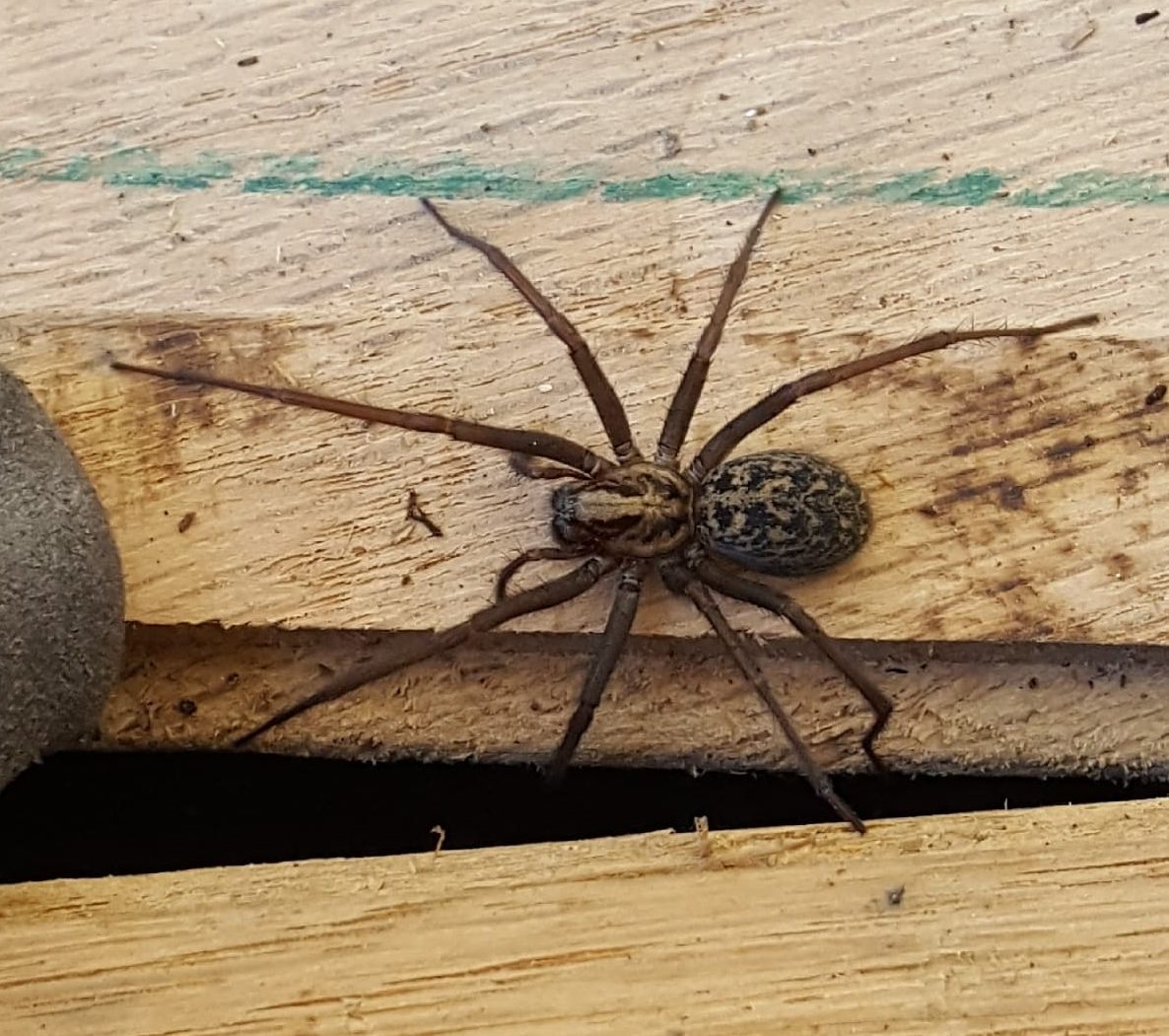
Female Eratigena duellica (Giant House Spider) in St. Helens, Oregon
The giant house spider was once enlisted in the Guinness Book of World Records for its speed (1.18 mph). It is often confused with another spider species namely hobo spider due to their similar appearance. The giant house spider was previously included in the genus known as Tegenaria.
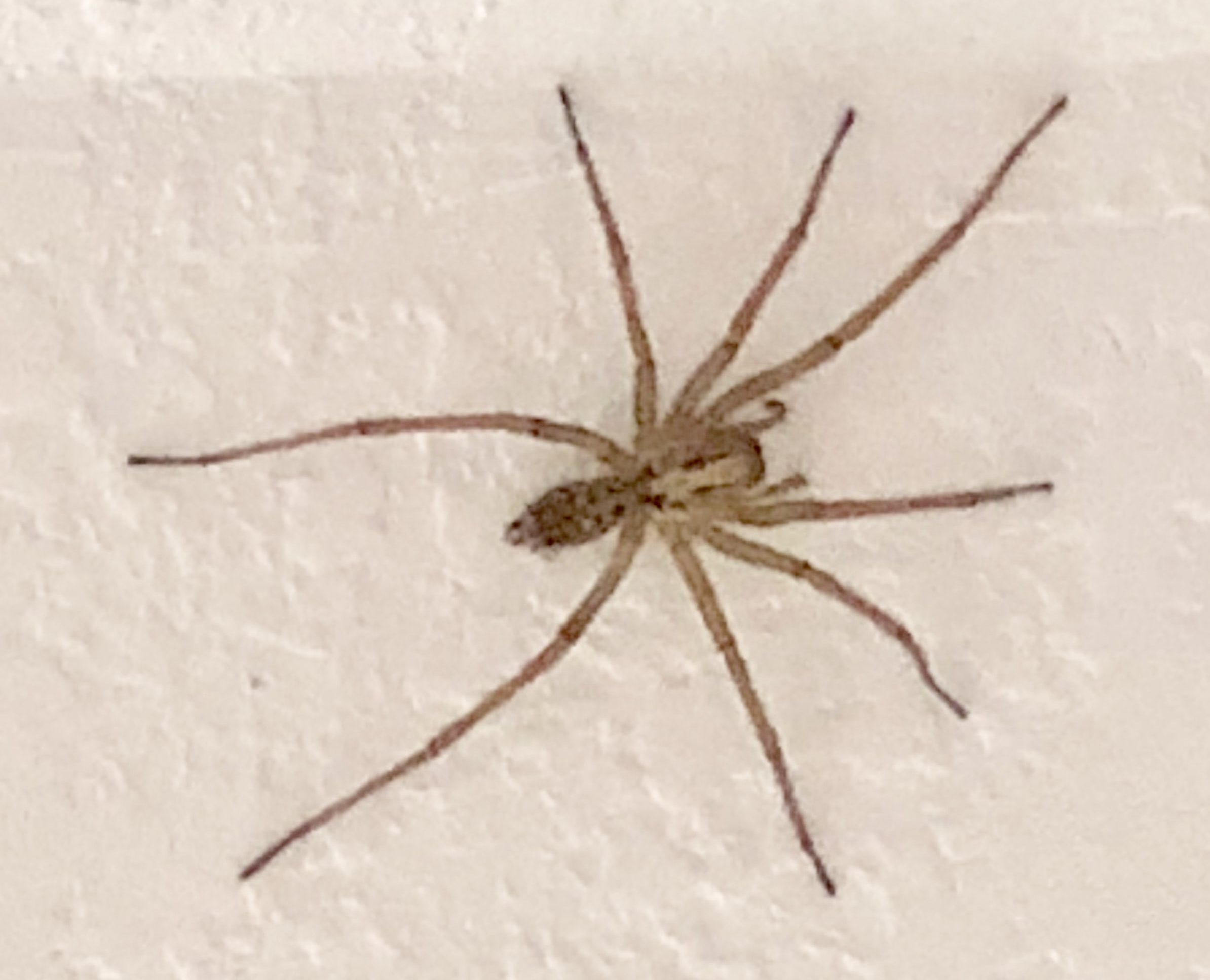
Eratigena duellica (Giant House Spider) in Puyallup, Washington United
The giant house spider, scientifically known as Tegenaria duellica, boasts an impressive appearance that sets it apart from other common household spiders. With a leg span of up to 2.5 inches, these arachnids command attention. Their bodies feature a range of colors, including shades of brown, gray, and black, allowing them to blend seamlessly.
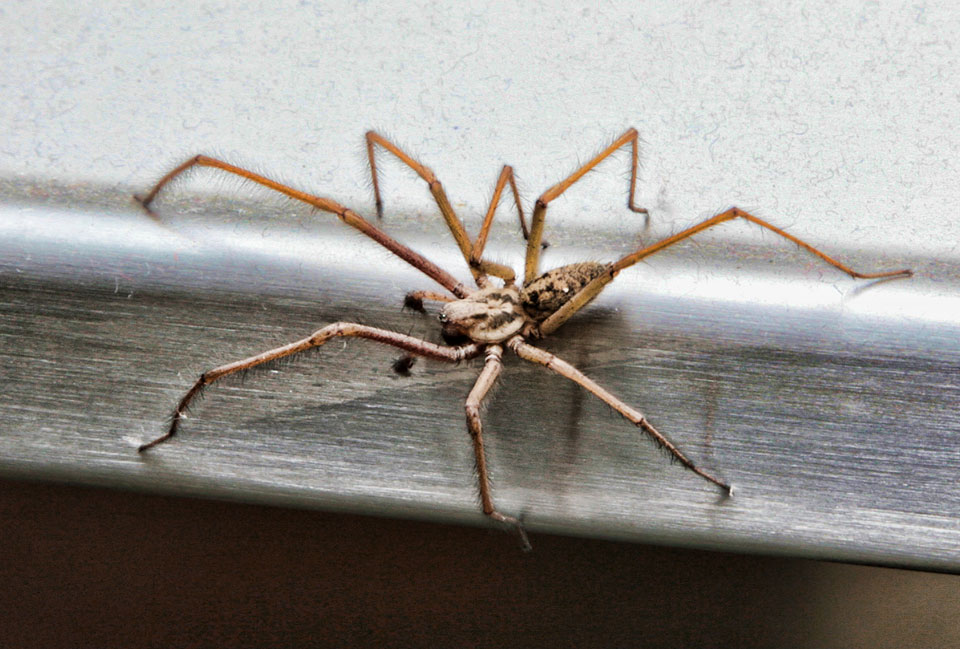
Giant House Spider UK's biggest spider
The spider measures 7.9cm (3.1 inches) from foot to foot, surpassing the park's previous record-holder from 2018, the male funnel-web named "Colossus". The biggest funnel-web spider donated.